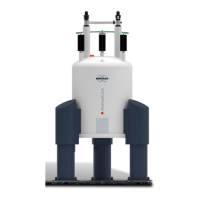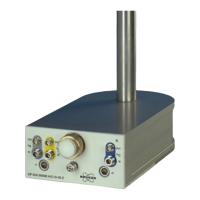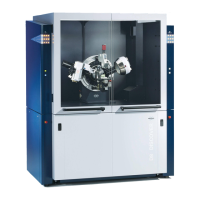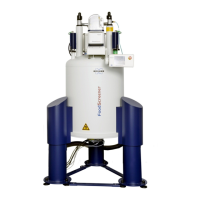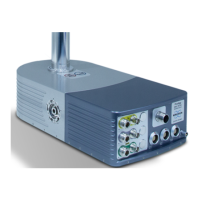User Manual D2 PHASER
DOC-M88-EXX141 V5 – 01.2015 26
Tissue Sensitivity
In general, the radiation sensitivity of a tissue is:
proportional to the rate of proliferation of its cells
inversely proportional to the degree of cell differentiation
For example, the following tissues and organs are listed from most radiosensitive to least
radiosensitive:
Most Sensitive:
Blood-forming organs
Reproductive organs
Skin
Bone and teeth
Muscle
Least sensitive:
Nervous system
This also means that a developing embryo is most sensitive to radiation during the early stages of
differentiation, and an embryo/fetus is more sensitive to radiation exposure in the first trimester than
in later trimesters.
Prompt and Delayed Effects
Radiation effects can be categorized by when they appear.
Prompt effects: effects, including radiation sickness and radiation burns, seen immediately after
large doses of radiation delivered over short periods of time.
Delayed effects: effects such as cancer induction that may appear months or years after a
radiation exposure
Delayed Effects of Radiation Exposure
Cancer
Studies of people exposed to high doses of radiation have shown that there is a risk of cancer
induction associated with high doses.
The specific types of cancers associated with radiation exposure include leukemia, multiple
myeloma,
breast cancer, lung cancer, and skin cancer.
Radiation-induced cancers may take 10 - 15 years or more to appear.
There may be a risk of cancer at low doses as well.
General Physical Principles
Production of X-rays
X-rays are photons that are emitted when electrons strike a metal target and interact with the electrons
orbiting the nuclei of the metal atoms. The electromagnetic waves in the λ-range 0.1 - 2 Å are emitted
in all directions.
In X-ray tubes, electrons are emitted by a heated cathode, accelerated, and strike an anode material.
The cathode consists of a tungsten filament. For the generation of X-rays, high voltages of 20-60 Kv
are required. Much of the energy supplied to the tube is transferred to heat, while less than 1% of it is
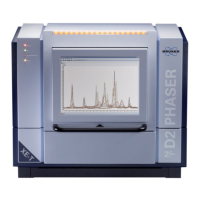
